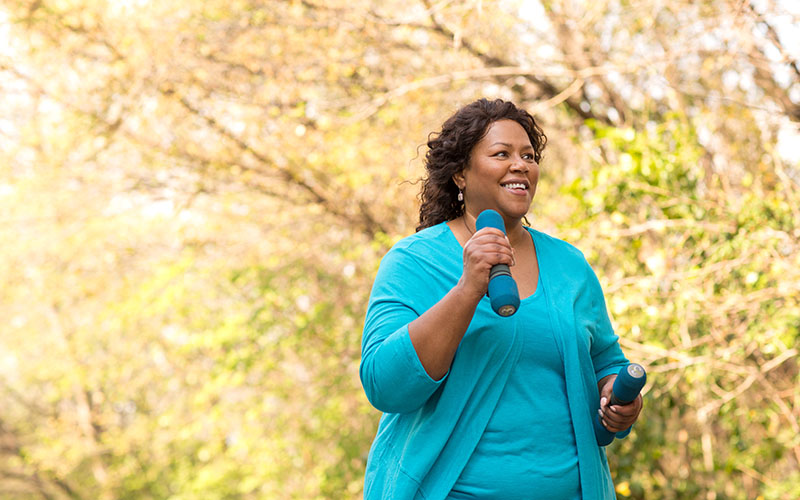
Minh Dao, DO, is a family medicine physician and her passion for family medicine stems from the ability to see and treat patients from all ages, including helping them manage chronic conditions like high blood pressure and diabetes. She strives to provide the best care for her patients by focusing on preventive health and healthy life choices. She believes that patients are the best advocates for their health, and as a physician her role is merely to help patients make the medical decisions that are right for them.
What is hypertension?
Hypertension is the medical term used for high blood pressure.
What do the two numbers mean when you get a blood pressure reading?
The top number is called the systolic blood pressure. This number is measuring the pressure of the blood in your arteries when your heart is beating or squeezing.
The bottom number is called the diastolic blood pressure. This number is measuring the pressure of the blood in your arteries when your heart is at rest.
What are the normal readings for blood pressure and what would be considered a concerning blood pressure?
Ideally, we want the systolic blood pressure (top number) to be 120 or less and the diastolic blood pressure (bottom number) to be 80 or less. Most of doctors become concerned when the systolic pressure is 140 or higher, or when the diastolic pressure is 90 or higher. Some specialists, like cardiologists, may be concerned at a lower threshold.
Why do patients need to be concerned about having high blood pressure?
Over time, having uncontrolled blood pressure can lead to a lot of different medical problems. This includes things like heart disease or heart failure, developing an enlarged heart, having a stroke, and chronic kidney disease.
Can you tell if you’ve had high blood pressure?
If patients have severely high blood pressure, they can have symptoms such as headaches, blurred vision, chest pain, or difficulty breathing. Unfortunately, the majority of patients have no idea their blood pressure is high because they haven’t develop noticeable symptoms.
How often should you get your blood pressure checked and who should have a monitor at home?
If you’ve never been diagnosed with high blood pressure before, we recommend that you get it checked at least once a year. For instance, if you come in for an annual checkup or an annual physical, we’ll check your blood pressure and see where you are.
For patients who don’t go to the doctor’s office every year, I recommend checking your blood pressure using the machines you find in pharmacies. If your blood pressure is high, that’s a great opportunity to schedule an appointment with your doctor to address it.
When it comes to at-home monitoring, I will typically prescribe that for patients I am actively helping to lower their blood pressure. This allows them to check their numbers more regularly and keep their high blood pressure under better control.
What are the factors that affect blood pressure, and can those things change as we get older?
There are a lot of things that affect your blood pressure, but the big ones are:
- Age—as we get older, we naturally begin to develop higher blood pressure because our blood vessels are aging too, as well as develop other age-related medical conditions such as diabetes
- Diet—a high-sodium diet and high alcohol consumption, as well as obesity
- Activity—not being active enough or having low levels of activity
How do you advise your patients to manage their blood pressure?
For most patients, we address high blood pressure with lifestyle changes before trying medication.
- We often begin by having patients reduce the salt in their diet. This is because research shows that if your diet includes less than 2,000 to 3,000 milligrams of sodium per day, you can reduce your systolic blood pressure by five points.
- Next, we recommend that patients increase their exercise. Engaging in aerobic exercise three to four times a week can also help reduce your systolic blood pressure by about five points.
- Lastly, we focus on losing weight. For every pound of weight you lose, you can decrease your blood pressure by one point. When those three lifestyle changes are done together, you can lower your blood pressure by 10 to 20 points.

